Similiar to a question asked here,
Given, this table, I want to only keep the records where the email appears first.
| firstname | Lastname | Address | City | Zip | |
|---|---|---|---|---|---|
| ABC@XYZ.com | Scott | Johnson | A | Z | 1111 |
| ABC@XYZ.com | Bill | Johnson | B | Y | 2222 |
| ABC@XYZ.com | Ted | Smith | C | X | 3333 |
| DEF@QRP.com | Steve | Williams | D | W | 4444 |
| XYZ@LMN.com | Sam | Samford | E | U | 5555 |
| XYZ@LMN.com | David | Beals | F | V | 6666 |
| DEF@QRP.com | Stephen | Jackson | G | T | 7777 |
| TUV@DEF.com | Seven | Alberts | H | S | 8888 |
<table border="1" class="dataframe">
<thead>
<tr style="text-align: right;">
<th>email</th>
<th>firstname</th>
<th>Lastname</th>
<th>Address</th>
<th>City</th>
<th>Zip</th>
</tr>
</thead>
<tbody>
<tr>
<td>ABC@XYZ.com</td>
<td>Scott</td>
<td>Johnson</td>
<td>A</td>
<td>Z</td>
<td>1111</td>
</tr>
<tr>
<td>ABC@XYZ.com</td>
<td>Bill</td>
<td>Johnson</td>
<td>B</td>
<td>Y</td>
<td>2222</td>
</tr>
<tr>
<td>ABC@XYZ.com</td>
<td>Ted</td>
<td>Smith</td>
<td>C</td>
<td>X</td>
<td>3333</td>
</tr>
<tr>
<td>DEF@QRP.com</td>
<td>Steve</td>
<td>Williams</td>
<td>D</td>
<td>W</td>
<td>4444</td>
</tr>
<tr>
<td>XYZ@LMN.com</td>
<td>Sam</td>
<td>Samford</td>
<td>E</td>
<td>U</td>
<td>5555</td>
</tr>
<tr>
<td>XYZ@LMN.com</td>
<td>David</td>
<td>Beals</td>
<td>F</td>
<td>V</td>
<td>6666</td>
</tr>
<tr>
<td>DEF@QRP.com</td>
<td>Stephen</td>
<td>Jackson</td>
<td>G</td>
<td>T</td>
<td>7777</td>
</tr>
<tr>
<td>TUV@DEF.com</td>
<td>Seven</td>
<td>Alberts</td>
<td>H</td>
<td>S</td>
<td>8888</td>
</tr>
</tbody>
</table>Expected output table:
| firstname | Lastname | Address | City | Zip | |
|---|---|---|---|---|---|
| ABC@XYZ.com | Scott | Johnson | A | Z | 1111 |
| DEF@QRP.com | Steve | Williams | D | W | 4444 |
| XYZ@LMN.com | Sam | Samford | E | U | 5555 |
| TUV@DEF.com | Seven | Alberts | H | S | 8888 |
<table border="1" class="dataframe">
<thead>
<tr style="text-align: right;">
<th>email</th>
<th>firstname</th>
<th>Lastname</th>
<th>Address</th>
<th>City</th>
<th>Zip</th>
</tr>
</thead>
<tbody>
<tr>
<td>ABC@XYZ.com</td>
<td>Scott</td>
<td>Johnson</td>
<td>A</td>
<td>Z</td>
<td>1111</td>
</tr>
<tr>
<td>DEF@QRP.com</td>
<td>Steve</td>
<td>Williams</td>
<td>D</td>
<td>W</td>
<td>4444</td>
</tr>
<tr>
<td>XYZ@LMN.com</td>
<td>Sam</td>
<td>Samford</td>
<td>E</td>
<td>U</td>
<td>5555</td>
</tr>
<tr>
<td>TUV@DEF.com</td>
<td>Seven</td>
<td>Alberts</td>
<td>H</td>
<td>S</td>
<td>8888</td>
</tr>
</tbody>
</table>


